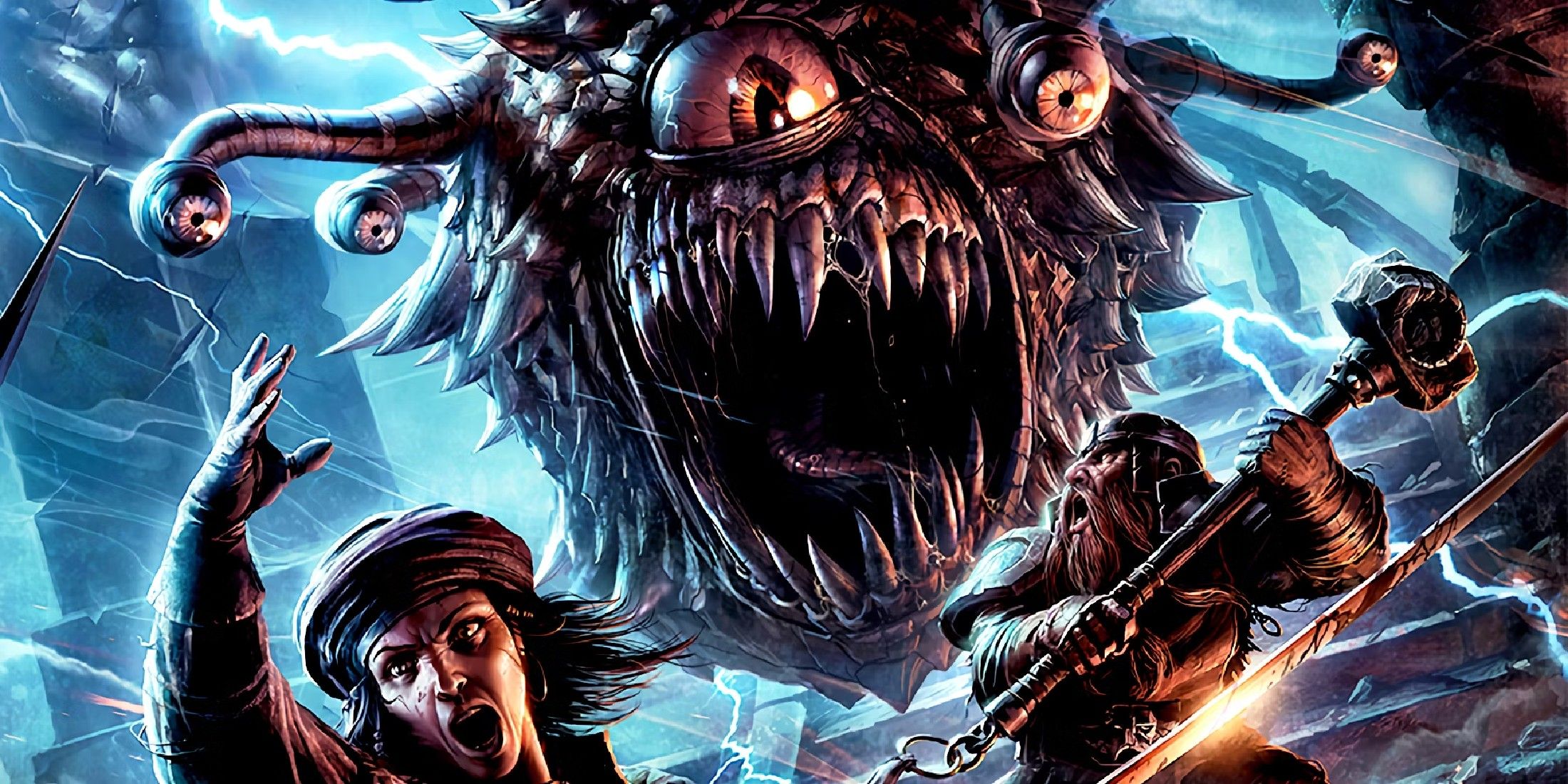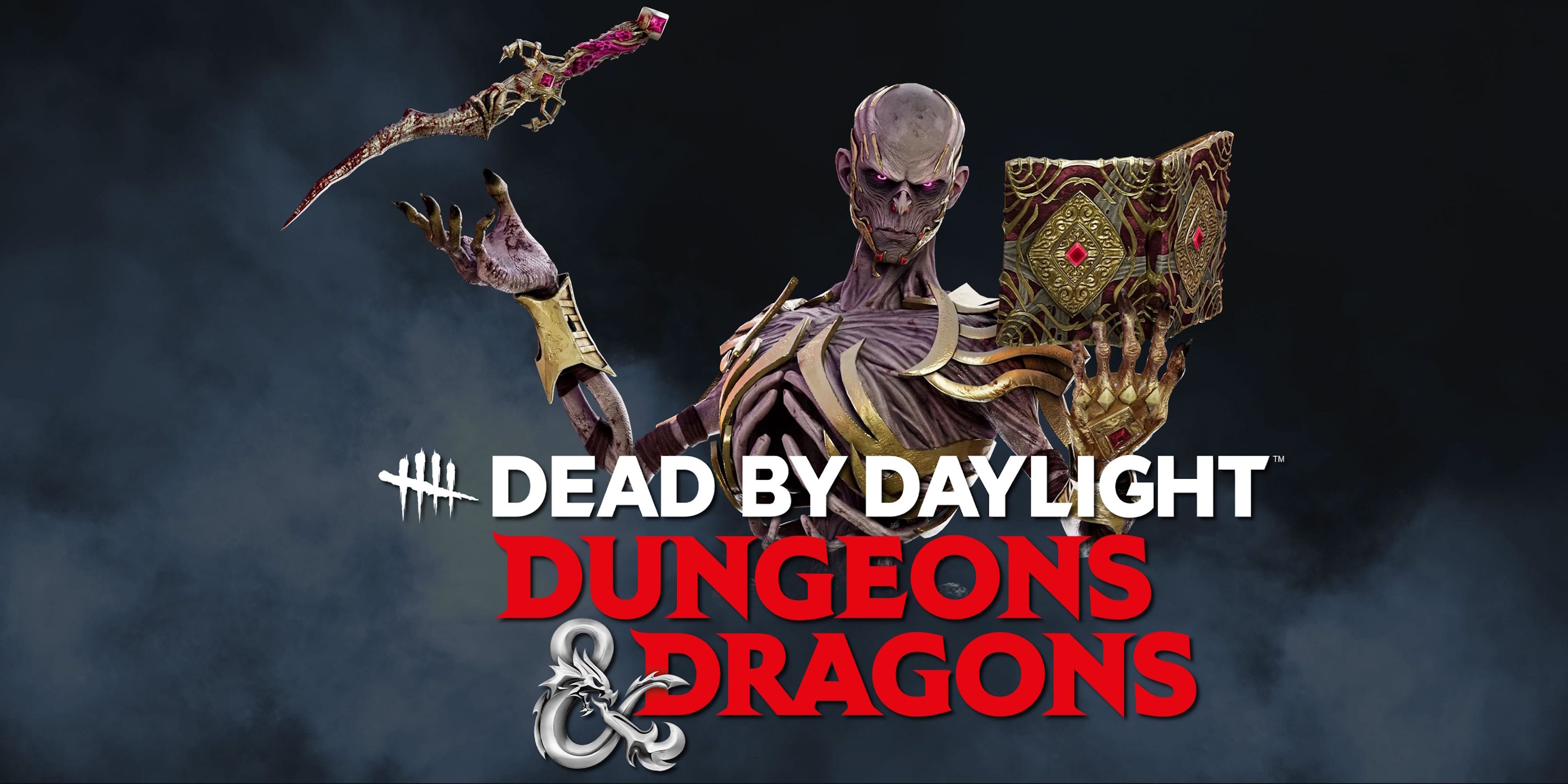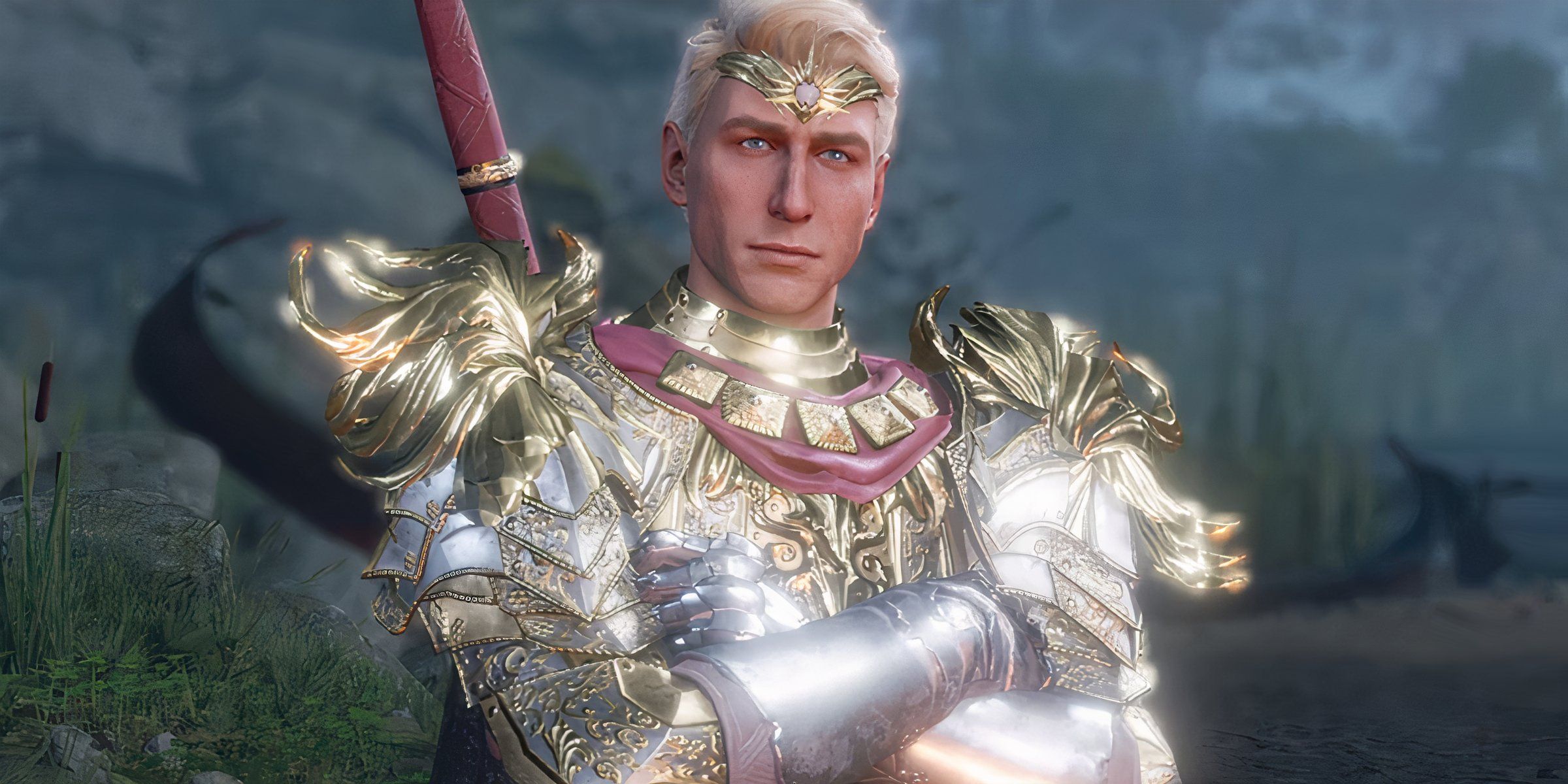Dungeons and Dragons will be seeing some big changes by the end of the year with a revised version of the game's ruleset just around the corner. With any luck, this update to Dungeons and Dragons will take notes from Baldur's Gate 3 in regard to one paladin subclass.
According to the game's player data, the paladin is Baldur's Gate 3's most popular class with sorcerers close behind. This may seem strange to long-time fans of D&D, where the fighter is known for being the most-played class by a mile. However, neither class is present among the origin character options, which goes a long way toward explaining this disparity between the games.
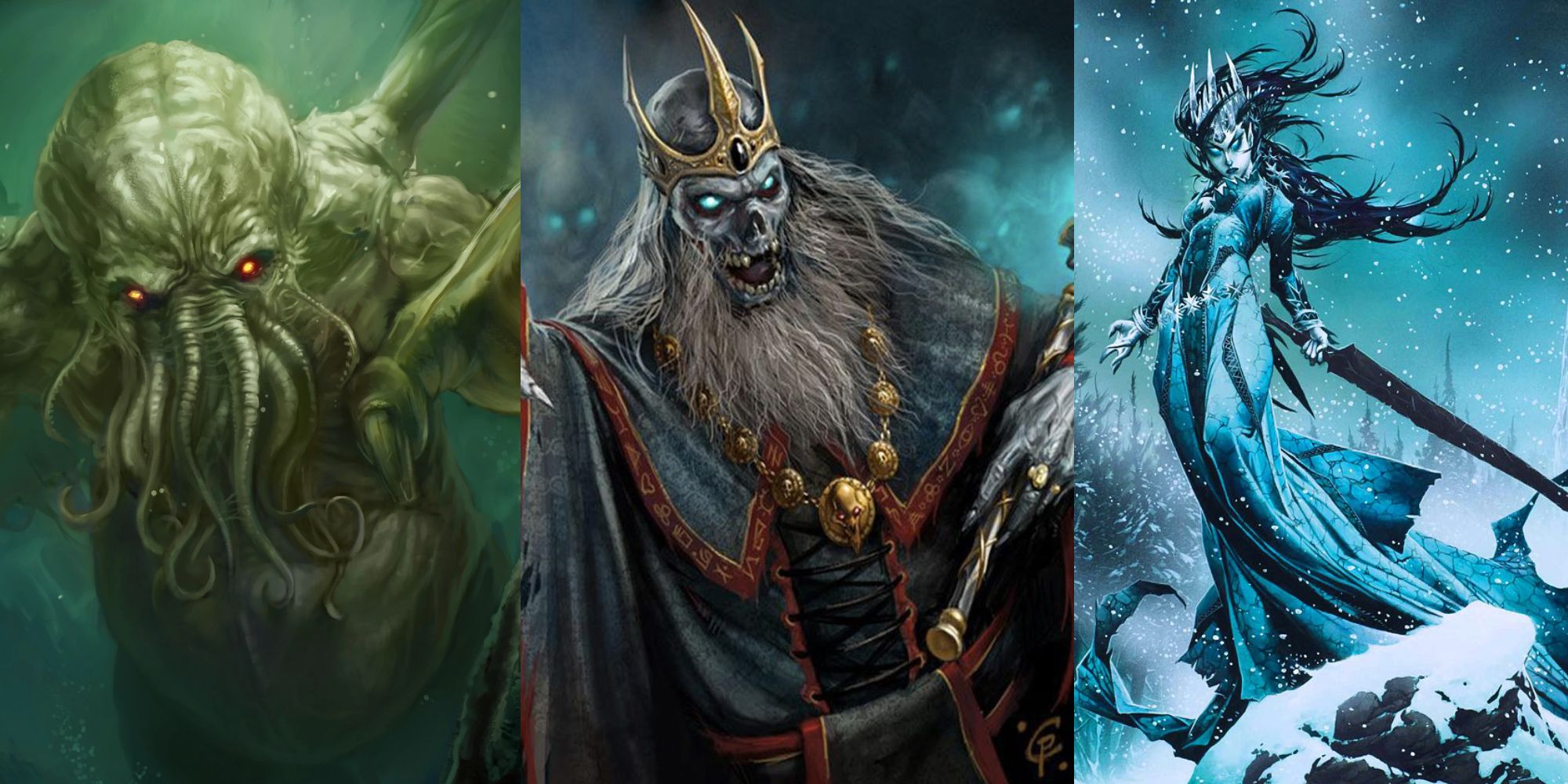
Dungeons And Dragons: All Warlock Patrons, Ranked
There exists an entire pantheon of patrons players can choose for their warlock, but which of these is a god amongst lesser deities?
D&D 2024 Needs To Take Heed Of Baldur's Gate 3's Oathbreaker Paladin
The Oathbreaker is a beloved Baldur's Gate 3 archetype, as well as in D&D 5e. They're one that most players see as a natural counterpart to the lawful paladin; if a paladin must adhere so strictly to their oath, there must be examples of those who have fallen short. Though undeniably popular, it's hard to deny that Baldur's Gate 3 is leaps and bounds ahead of the TTRPG it's rooted in with how its Oathbreaker is presented.
In fact, it's a miracle that the Oathbreaker is as popular as it is, considering how cumbersome it is to dig up and play. While this is a testament to how great the subclass' concept is, there's really no reason that D&D 2024 shouldn't try integrating this subclass better.
Baldur's Gate 3 Places The Oathbreaker Into The Paladin's Core System
D&D 5e's Oathbreaker is in a bizarre position. For players to find it, they need to sidestep the Player's Handbook and other D&D sourcebooks in favor of the Dungeon Master's Guide. There, in a section used to advise DMs on creating character options, is a part on villainous subclasses that contains both the Oathbreaker paladin and the Death Domain cleric. The problems with this presentation are self-evident; not only are they obscured from players (highlighted by the Death Domain's lack of notoriety), but the subclasses are presented as examples of NPCs. This leads to clunky language, odd design, and a frankly impractical method for creating NPCs when compared to a simple stat block.
Baldur's Gate 3's version of the Oathbreaker is far more streamlined, having been built into the core class. A player breaking their oath is a mechanical feature with automated consequences; players can break an oath, atone, or delve into the Oathbreaker subclass by talking to the Oathbreaker Knight NPC. Oathbreaker also gets a few changed features to give it a more defined damage-dealer role, as well as refined language when compared to the indecisive use of third person found in the Dungeon Master's Guide.
If Oathbreaker Gets A Makeover, It Needs To Take The Medium Into Account
The important thing about the Oathbreaker in Baldur's Gate 3 is the fact that it's not immediately forced upon the player. One mistake won't see a player forced down the path of the Oathbreaker, which is also presented as an evil counterpart to D&D's paladin. This should be kept in mind with any future iteration of the paladin, especially considering how many tables disregard a subclass' tenets entirely. Being an Oathbreaker should take some considerable choice rather than being a haphazard mistake.
In addition, the subclass could be further improved in D&D 2024 with a language change; the current Oathbreaker is pigeonholed as evil, but there could always be a paladin that took an oath with an evil god and broke it to pursue good. Players and DMs can, of course, do this of their own accord, but it's important for the game's language to make this apparent and to encourage creativity.
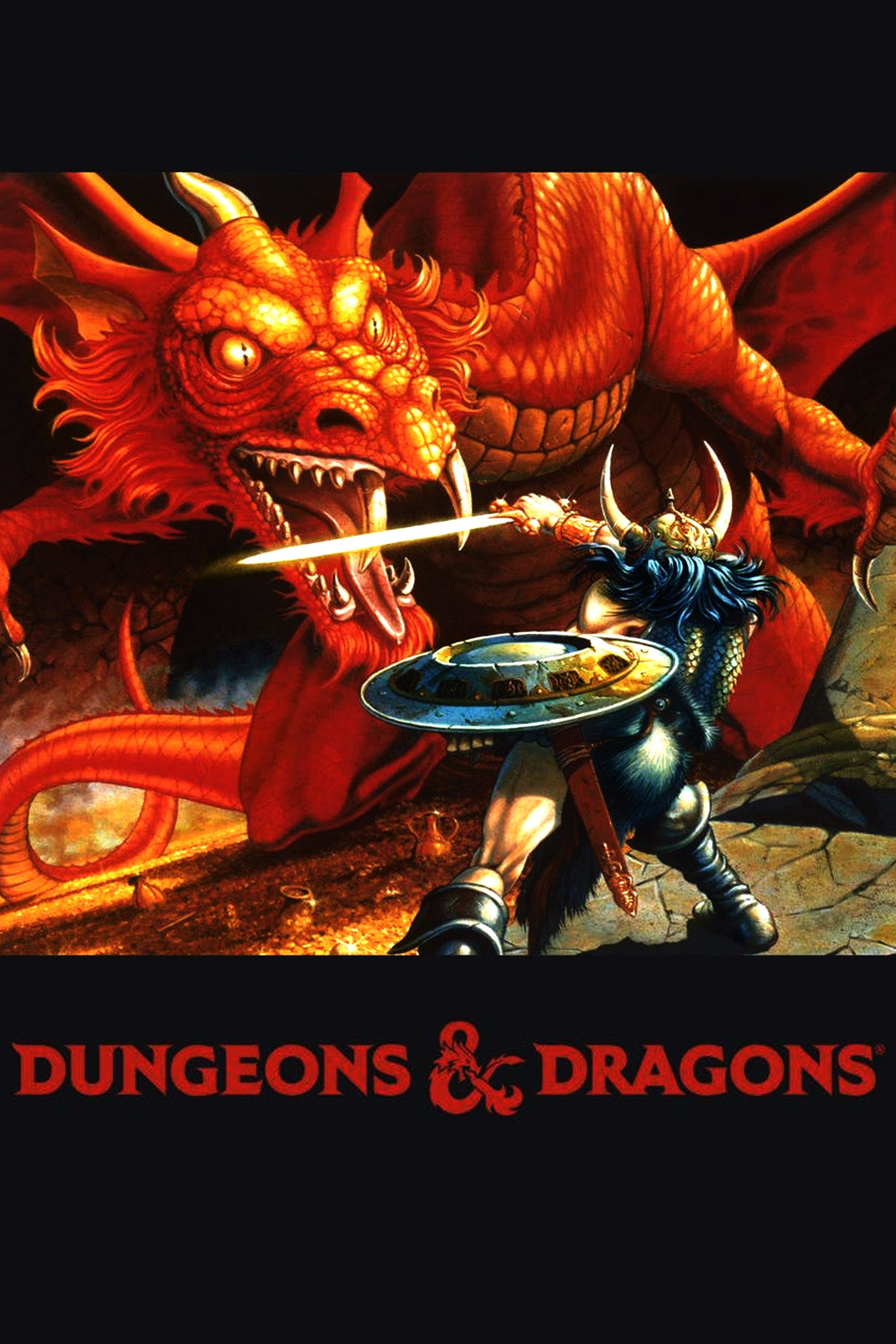
Dungeons and Dragons
Created by Gary Gygax, Dungeons & Dragons is a tabletop game in which players craft their own worlds and band together to take on adventures through mysterious realms outlined in companion materials. One of the best role-playing games ever made, it has been adapted into a variety of video games and other media.
- Franchise
- Dungeons & Dragons
- Original Release Date
- 1974-00-00
- Publisher
- Wizards of the Coast
- Designer
- E. Gary Gygax , Dave Arneson

